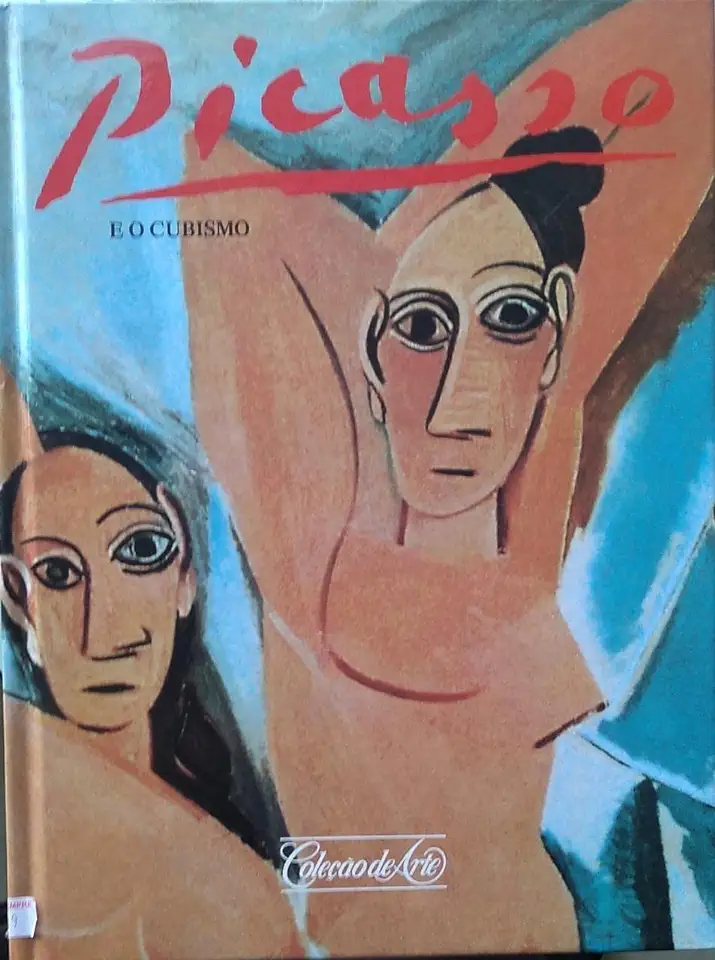
Picasso and Cubism - Editora Globo
Picasso and Cubism: A Revolutionary Movement in Modern Art
A Pioneering Artistic Style
In the early 20th century, the art world was ripe for a revolution. Pablo Picasso, a young Spanish artist, emerged as a leading figure in this transformative era, spearheading the development of Cubism, an avant-garde movement that shattered conventional artistic norms and redefined the very essence of painting.
The Birth of Cubism
Picasso's journey towards Cubism began in 1907 with his groundbreaking painting, "Les Demoiselles d'Avignon." This controversial work, characterized by its fragmented forms and distorted figures, marked a radical departure from traditional representation and laid the foundation for the Cubist movement.
Key Characteristics of Cubism
Cubism is distinguished by its unique visual language, characterized by the following key features:
- Multiple Perspectives: Cubist artists simultaneously depicted multiple viewpoints of a subject, breaking away from the traditional single-perspective approach.
- Geometric Simplification: Complex forms were reduced to their essential geometric shapes, emphasizing the underlying structure and dimensionality of objects.
- Fragmentation and Faceting: Subjects were fragmented and dissected into multiple facets, creating a sense of dynamism and visual complexity.
- Neutral Colors: Cubist paintings often employed a limited palette of neutral colors, allowing the interplay of forms and structures to take center stage.
The Influence of Cézanne
Paul Cézanne, a Post-Impressionist painter, played a pivotal role in shaping Picasso's artistic development. Cézanne's emphasis on geometric forms and the underlying structure of objects deeply influenced Picasso's approach to Cubism.
Analytical and Synthetic Cubism
Cubism evolved through two distinct phases: Analytical Cubism and Synthetic Cubism.
- Analytical Cubism (1907-1912): This early phase was characterized by a meticulous analysis of form and structure, resulting in highly fragmented and abstract compositions.
- Synthetic Cubism (1912-1914): In this later phase, Picasso and other Cubist artists began to incorporate elements of collage, using fragments of real-world materials such as newspaper clippings and wallpaper. This shift marked a move towards a more synthetic and playful approach to composition.
The Impact of Cubism
Cubism had a profound impact on the art world, revolutionizing artistic conventions and opening up new possibilities for creative expression. Its influence extended beyond painting, influencing sculpture, architecture, and design.
Picasso's Legacy
Pablo Picasso's pioneering role in Cubism cemented his status as one of the most influential artists of the 20th century. His groundbreaking contributions to the movement continue to inspire and challenge artists to this day.
Why You Should Read "Picasso and Cubism"
"Picasso and Cubism" is an essential read for anyone interested in modern art, art history, or the life and work of Pablo Picasso. This comprehensive and beautifully illustrated book provides an in-depth exploration of Cubism, its origins, key characteristics, and lasting impact on the art world.
Immerse yourself in the revolutionary spirit of Cubism and discover the genius of Pablo Picasso, the visionary artist who forever changed the course of modern art.